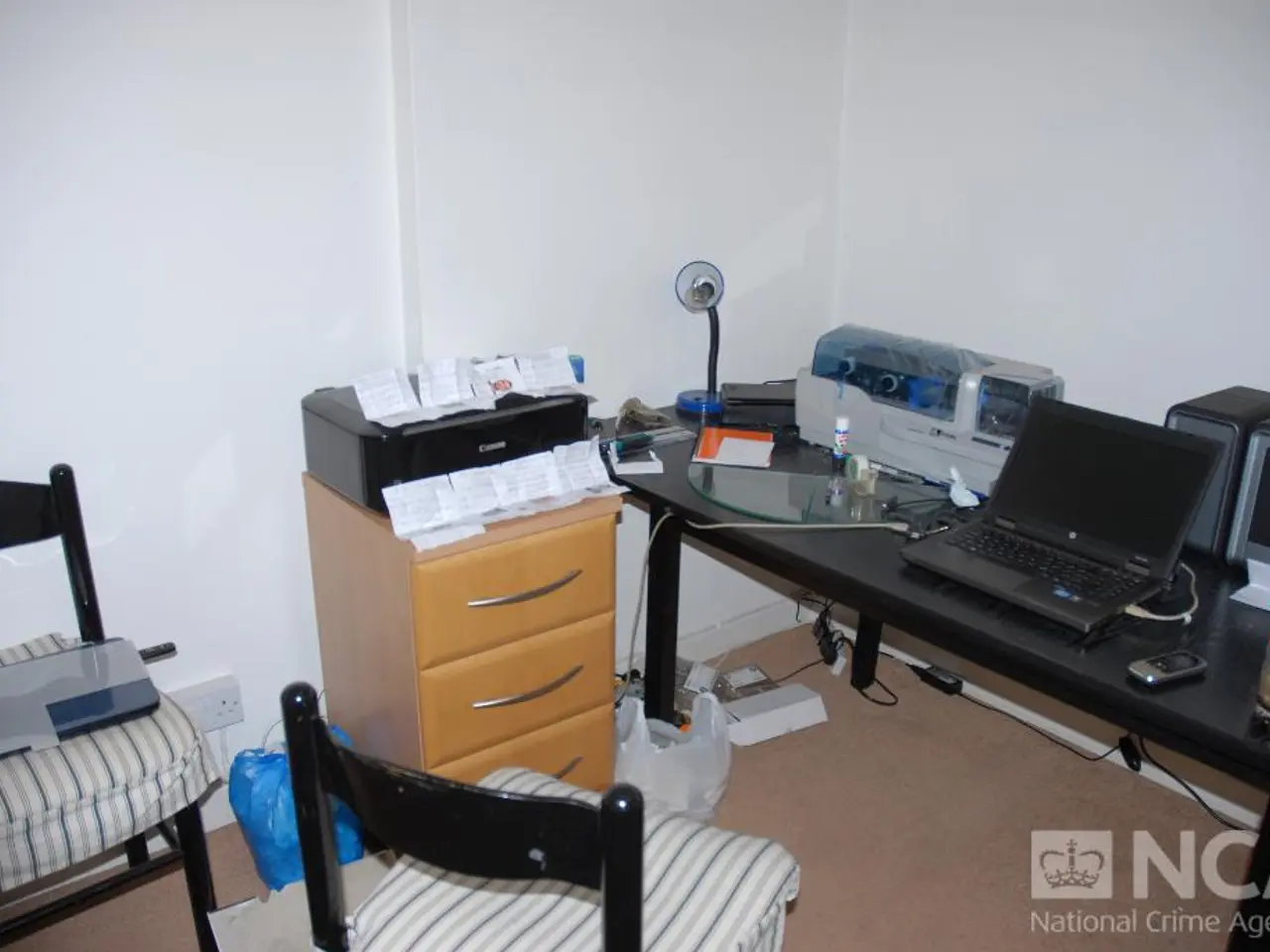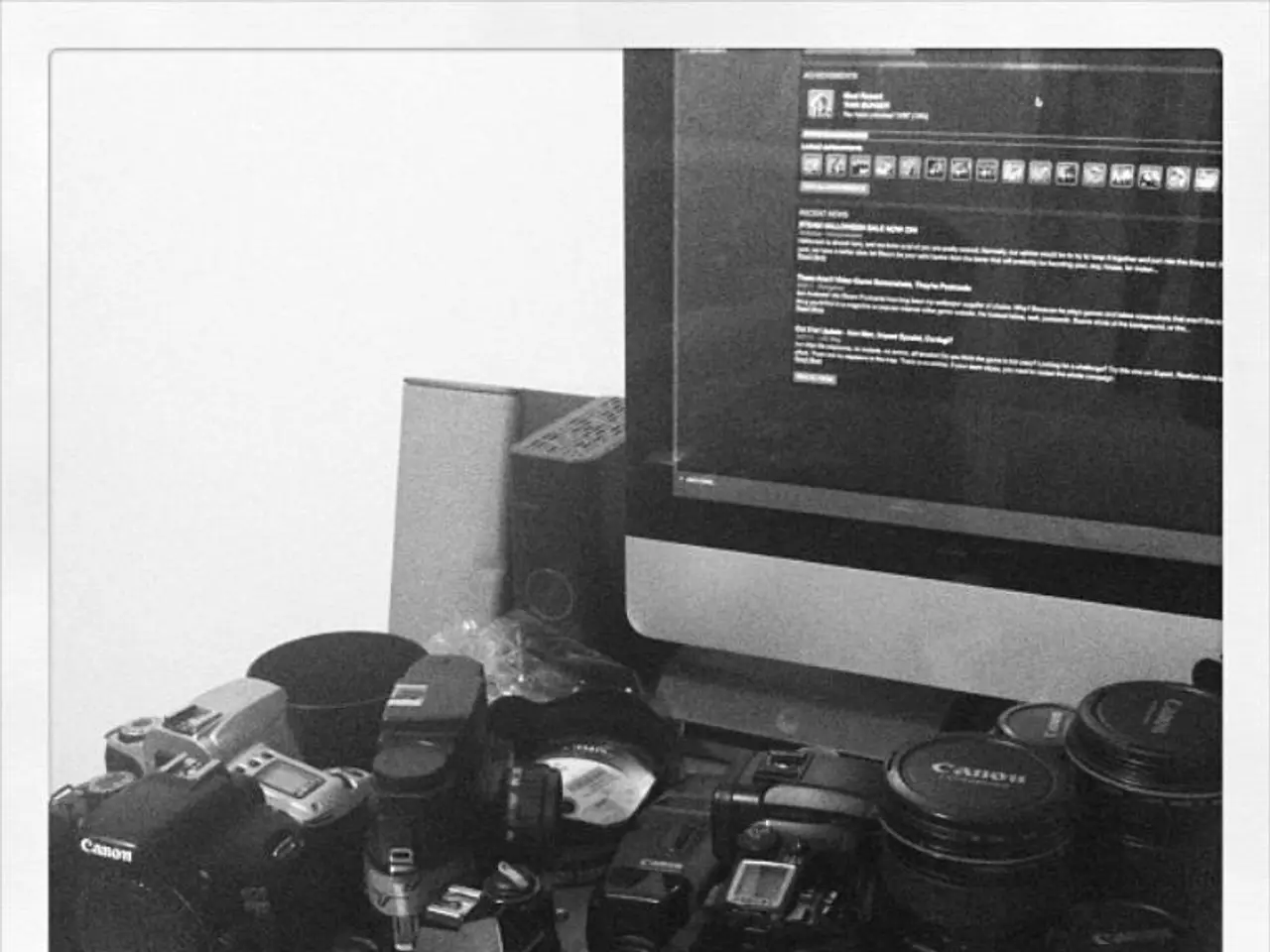A Comprehensive Overview on Selecting the Ideal Colored Screen for Your Projection Setup
Choosing the Right Projector Screen for Optimal Viewing Experience
In the realm of home entertainment, the projector screen is a crucial component that significantly impacts the quality of the projected image. A well-chosen screen can enhance brightness, colour accuracy, and overall viewing experience, while a poorly selected one may lead to distorted images and colour loss.
Screen Color
When it comes to screen color, two options stand out: white and high-contrast gray screens.
White screens are the standard choice, ideal for dark or controlled-light environments because they provide accurate color reproduction and high brightness without color distortion. On the other hand, gray (high-contrast) screens are better for rooms with ambient light, such as living rooms with windows or light leakage. The gray base absorbs ambient light, improving black levels and contrast, making colors appear more vivid despite some external light.
Ambient Light Control
In environments with significant ambient light, gray or black anti-light screens help maintain contrast and color saturation by minimizing the effect of stray light. In contrast, in dark home theaters, white screens maximize brightness and color accuracy.
Screen Material and Surface
The texture of a projector screen can also affect the way colors appear. Smooth surfaces yield sharper images and textured surfaces diffuse light, creating a softer image. A smooth and uniform screen surface (micron-level smoothness) avoids texture interference that can degrade sharpness and clarity, important for higher resolution projectors (like 4K).
Screen gain, the measure of the screen's ability to reflect light compared to a standard white reference, impacts color accuracy. Higher gain screens amplify brightness but may reduce viewing angle and cause hotspots—generally, an even light distribution with no gain is preferred for home use.
Projector Brightness and Environment
The projector's brightness (measured in ISO Lumens) and the room’s ambient light determine what screen color is optimal. For spaces with ambient light, a more powerful projector (e.g., 2,500+ ISO Lumens) combined with a gray high-contrast screen usually yields the best results.
Tensioned Fabric Screens and Other Materials
Tensioned Fabric screens eliminate warped images, crucial for large screens. Glass Beaded screens increase brightness but can create hot spots. Common materials for projector screens include Matte White, High-Contrast Gray, Glass Beaded, and Tensioned Fabric, each impacting performance in unique ways.
Aspect Ratio and Screen Size
The aspect ratio of the screen should match the projector's specifications to avoid distortions. Screen size should be chosen based on the distance from the screen to the viewers, ideally being 1.5 to 2.5 times the diagonal size for comfortable viewing.
Optimal Viewing Experience
In summary, if your environment is mostly dark, a white screen with a smooth surface is optimal; for environments with ambient light, a gray high-contrast screen that absorbs excess light will improve contrast and color saturation. Also consider screen material and projector brightness to match your specific viewing conditions.
The quality of the screen significantly affects the clarity, brightness, and color accuracy of the projected image. By carefully choosing the screen color, material, and surface, you can ensure an optimal viewing experience in various environments.
When assembling a home theater, the right combination of projector screen, gadgets, and technology are essential factors to create an optimal viewing experience. For dark environments, a white projector screen with a smooth surface ensures accurate color reproduction and high brightness, while gray high-contrast screens are better for rooms with ambient light as they absorb ambient light, improving black levels and contrast. Moreover, the material and surface of the screen, such as tensioned fabric, can significantly affect the clarity and brightness of the image, making it crucial to consider these factors for a home theater setup that utilizes technology gadgets.




